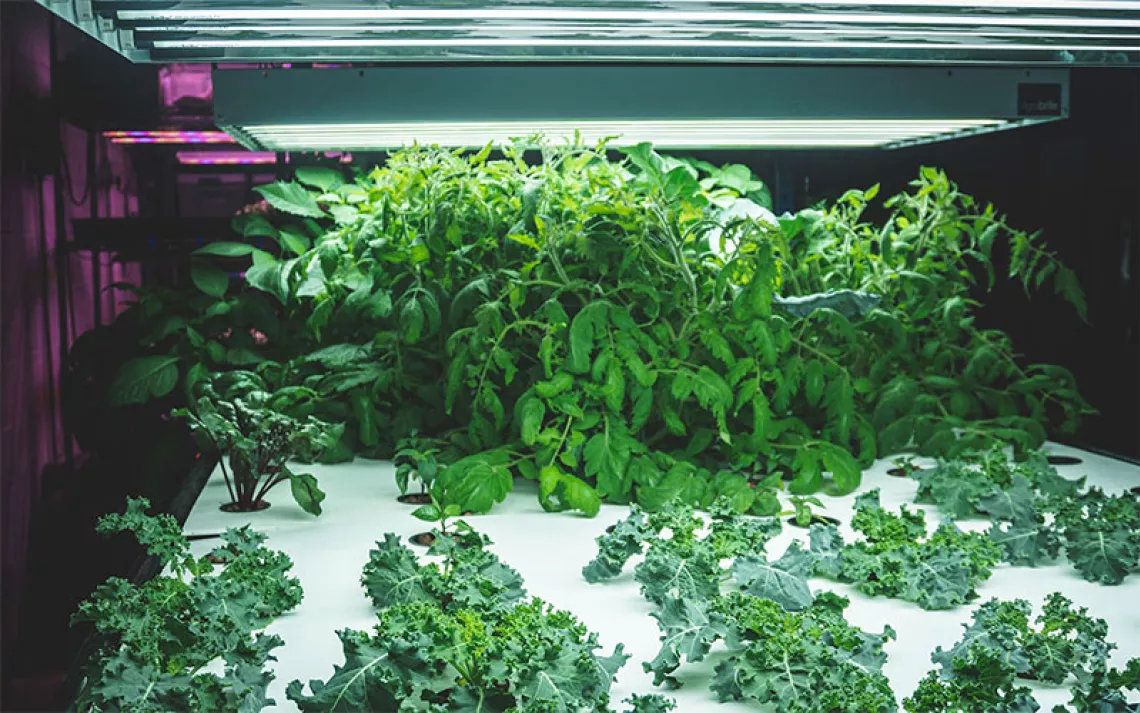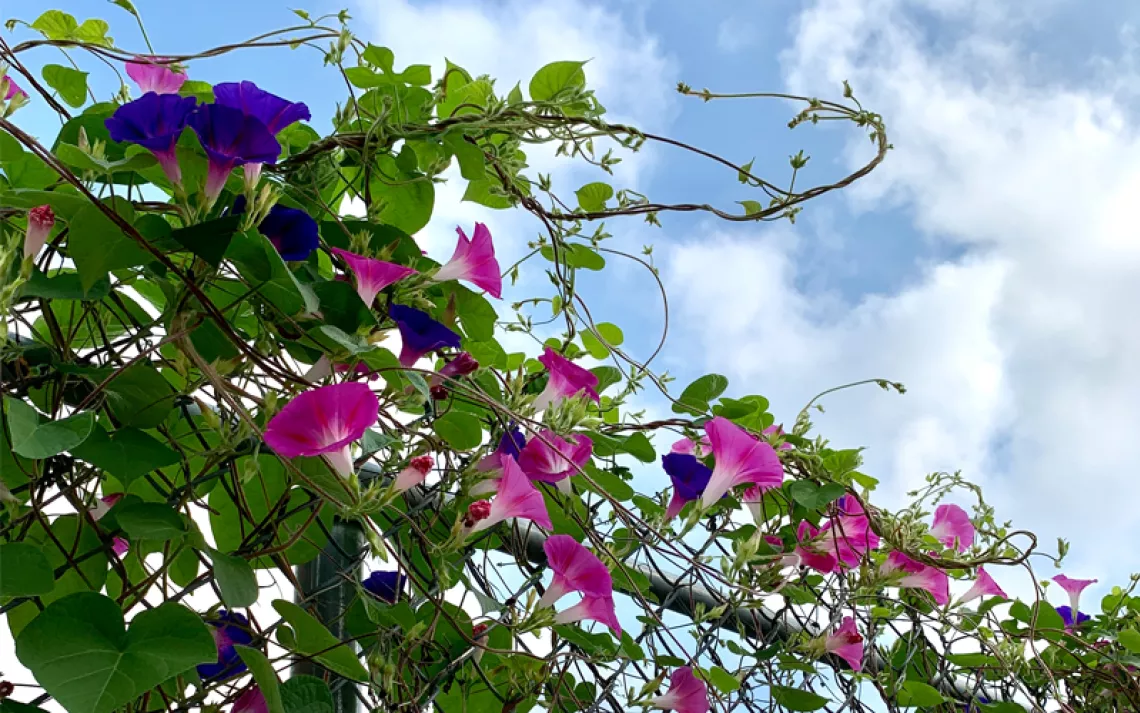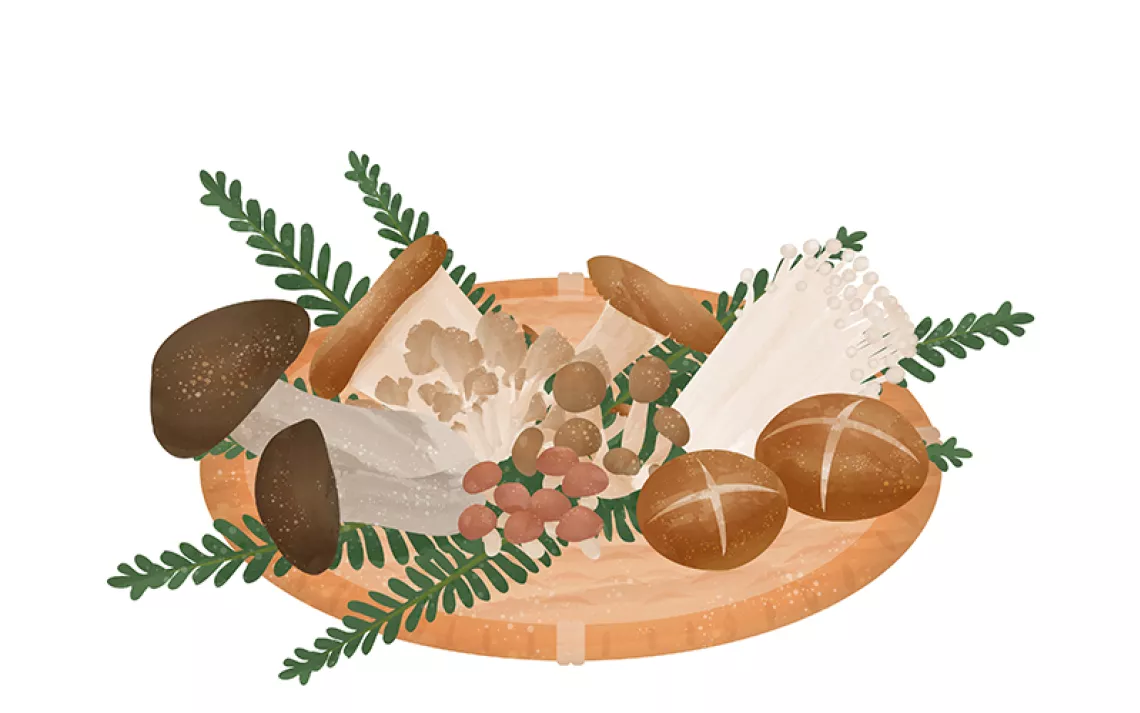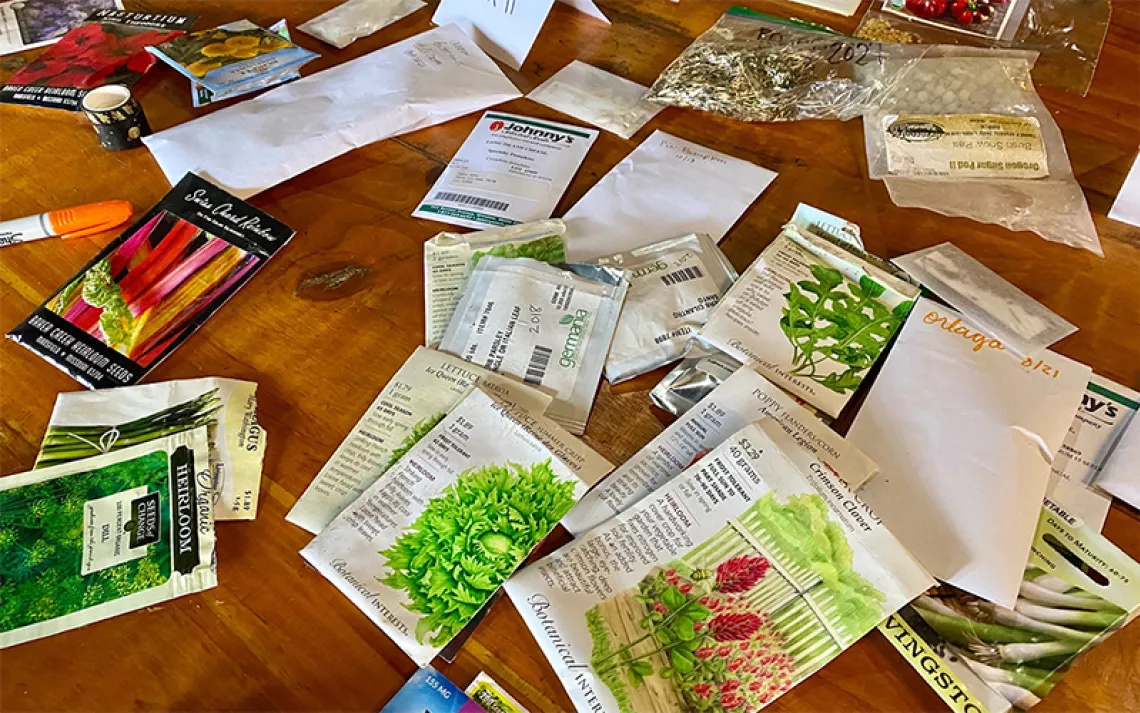Plant a Tree This Arbor Day
Nine tips for optimal planting and celebrating
Arbor Day may be coming up on April 30, but that’s just one of many reasons to plant a tree. “I liked trees originally because they are so big. You can plant this thing that would outlive you and maybe destroy the sidewalk,” says Oakland resident Joey Santore, whose viral video “Tony Santoro’s Guide to Illegal Tree-Planting” playfully documents his subversive efforts to reforest his neighborhood. “Their evolutionary lineage goes far beyond human history and reminds us that we are part of a much greater ecosystem.”
In addition to their environmental benefits, trees are a major financial asset. The Arbor Day Foundation’s National Tree Benefit Calculator estimates a tree’s ability to reduce utility costs and maintain property values; simply enter your zip code, a type of tree, and its size to get a sense of the yearly savings. Convinced to plant yet? To plan for your new tree, Sierra gathered nine helpful tips from Santore and other tree enthusiasts.

Photo by Barak Shrama
1. Think native. “You’re going to have the best luck if you plant a tree that is native to your area. They’re not going to disturb the ecology and are already adapted to your landscape,” says Santore, who preaches his plant gospel via the YouTube channel “Crime Pays But Botany Doesn’t.” He recommends looking around the neighborhood to see what trees are thriving and using an app like iNaturalist to identify them. Native oaks often do the most to support wildlife, as detailed in professor Douglas Tallamy’s latest book, The Nature of Oaks: The Rich Ecology of Our Most Essential Native Trees. For further options, type your zip code into the National Wildlife Federation’s Native Plant Finder. You’ll get a list of trees, ranked according to how many species of butterflies and moths they nurture.
2. Create a carbon sink. In addition to other reasons you might have for planting a tree—shade, those glorious fall hues, attracting birds—add carbon sequestration to the list. The taller, larger, and more long-lived the tree is, the more carbon dioxide it will store in its wood. The Climate Positive Design Toolkit recommends planting trees that will grow at least 35 feet high. Note that while those flowering cherry, plum, and pear trees are pretty, they are also among the most short-lived of trees—meaning they don’t do as much to mitigate climate change.
3. Take advantage of free air conditioning. A deciduous tree provides shade in the summer and allows the sun through in the winter. According to a 2010 analysis in Ecological Economics, homes with dense tree shade used 14 percent less electricity than those in full sun. To protect your house during those hot late afternoons, locate your tree near the southwest corner, so the shade falls in the right direction.
4. Plan for the tree’s mature size. Trunk diameter is an important measurement; for example, you don’t want to place a tree so that it ends up bulging into your neighbor’s yard. Check to make sure the mature height doesn’t interfere with power lines. Note that the tree’s spread—how far the branches extend out—can be greater than the height. Ideally, you want to avoid the need for heavy pruning. “Pruning is not like a haircut—it’s more like an operation for a tree,” says arborist Allegra Mautner of Prune Buggy in San Francisco.

Photo by Philippe Van Nieuwenhuyse
5. Make sure the tree and your site are suited to each other. “There’s a concept in arboriculture which basically boils down to ‘Right tree, right place,’” says Mike Yarak, urban forestry program manager for the San Francisco–based nonprofit Friends of the Urban Forest. “A tree might have the aesthetic qualities that you are looking for, but if you plant it in the wrong place, it will never achieve those characteristics. Be flexible in your choice of species to find the best fit.” In addition to your plant hardiness zone, other factors to consider are soil type, drainage, and sun and wind exposure. You may wish to hire an arborist to evaluate your site and make tree recommendations.
6. Find out whether the tree has a bad reputation. A tree is a long-term commitment, so do a little sleuthing re: downsides and maintenance needs. Some trees are known for being “messy”—they’ll drop a lot of fruit or flowers, or quantities of sap or pollen. Avoid planting an invasive species; consult the USDA’s National Invasive Species Information Center or your local college extension program to find out what trees are crowding out native species in your area.
7. Start small. It can be tempting to plant a bigger tree—especially considering the carbon-sequestration benefits outlined in tip #2—but a smaller specimen has a better chance of adapting to your site. Try to avoid buying a root-bound tree; check to see if any roots are coming through the container’s drainage holes.

Photo by Barak Shrama
8. Create plenty of room for roots. Trees have shallow root systems, so dig a hole that is much wider than it is deep. In fact, the part where the top of the roots meets the trunk—known as the root collar or root flare—should be exposed to the air. “You want ‘the flare to see the air,’” says Yarak, adding that nurseries sometimes plant trees too deep, so it may be necessary to remove the top layers of soil from a tree coming out of a container. The Arbor Day Foundation has specific instructions for planting trees from containers, bare-root trees, and balled and burlapped trees.
9. Add mulch and water. Help the soil retain moisture by adding a two-to-four-inch layer of mulch in a wide ring around the tree, which will also deter weeds and grass that would compete for resources. But be sure to keep the mulch well away from the tree trunk and avoid the dreaded “mulch volcano,” which can lead to rot. Regular irrigation is critical until the tree can grow on its own; depending on your climate, you may need to irrigate it for the next one to five years. “You can’t just slam a tree into the ground and walk away—unless you’re direct-sowing acorns,” says Yarak.

Photo by Sam Felder/Creative Commons
 The Magazine of The Sierra Club
The Magazine of The Sierra Club




